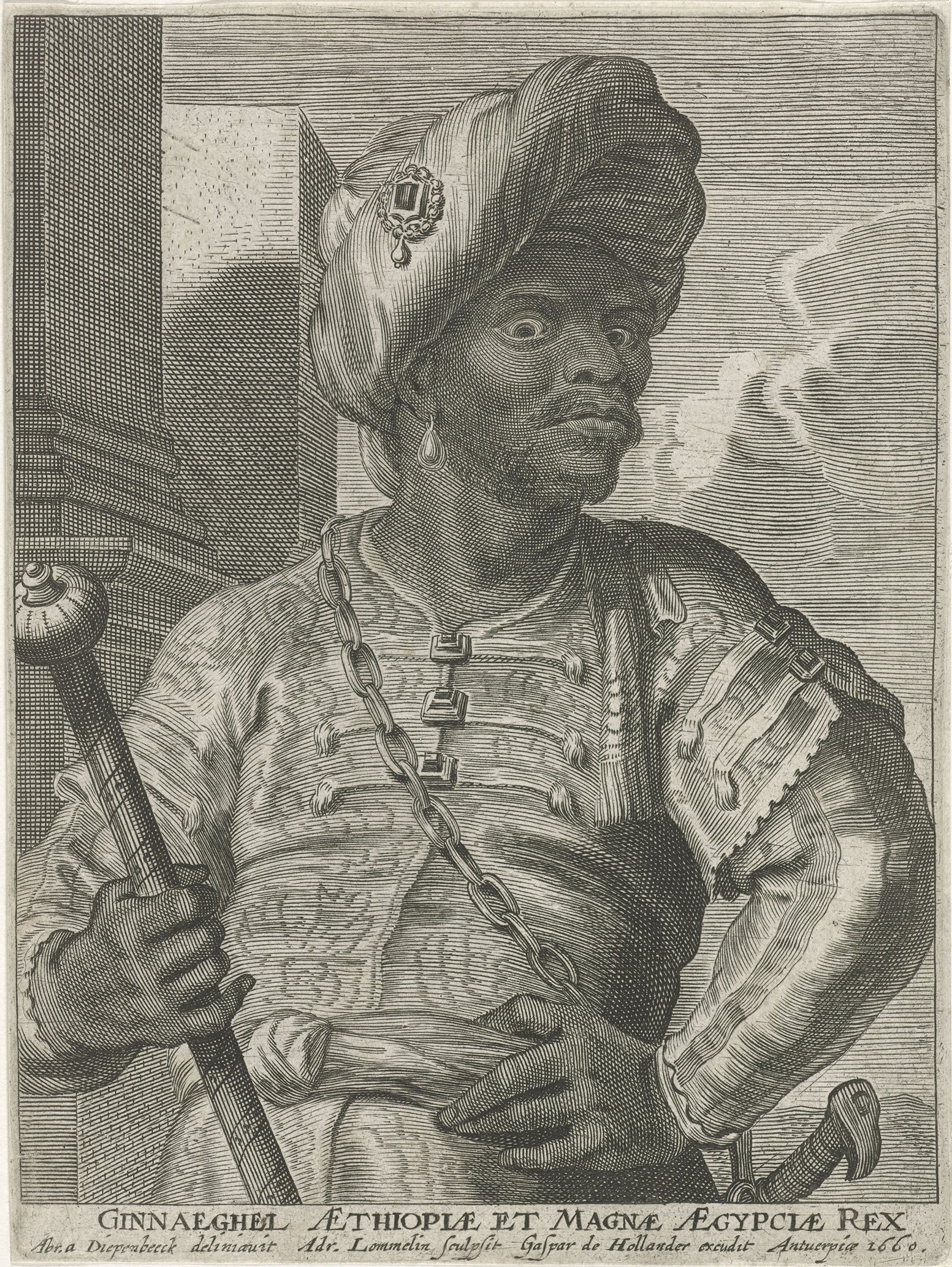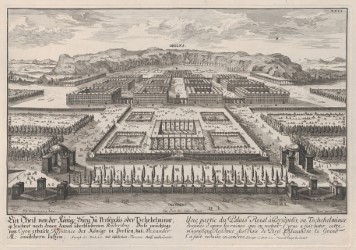Loredana Lorizzo, Perceiving Others. Representing the Different in Baroque Europe
The production of pictorial, sculptural and engraved portraits greatly fostered knowledge of the Other. Effigies of African natives, Moors, slaves, Turks and ambassadors from distant lands helped to entrench or change certain opinions, while reshaping the image of Europe itself, which has always been multicultural and host to a constant struggle between its self-perception as an uncorrupted unicum and the reality of vital and inevitable exchange with other cultures. Images of the Other also penetrated Baroque Europe due to the widespread diffusion of engravings: a phenomenon that can be analysed through a selection of case studies. One of the best known is the representation of Antonio Manuel, Marquis Ne Vunda, ambassador of King Alvaro II of the Congo. He arrived in Rome in 1608 and after his death was celebrated with engravings and a magnificent funeral monument with an outstanding polychrome marble portrait in Santa Maria Maggiore. Another example which has not entered the critical debate to such an extent is provided by Moulay Al-Rashid ibn Sharif, sultan of Morocco from 1666 to 1672. Known as the Great Tafiletta, his [...]




